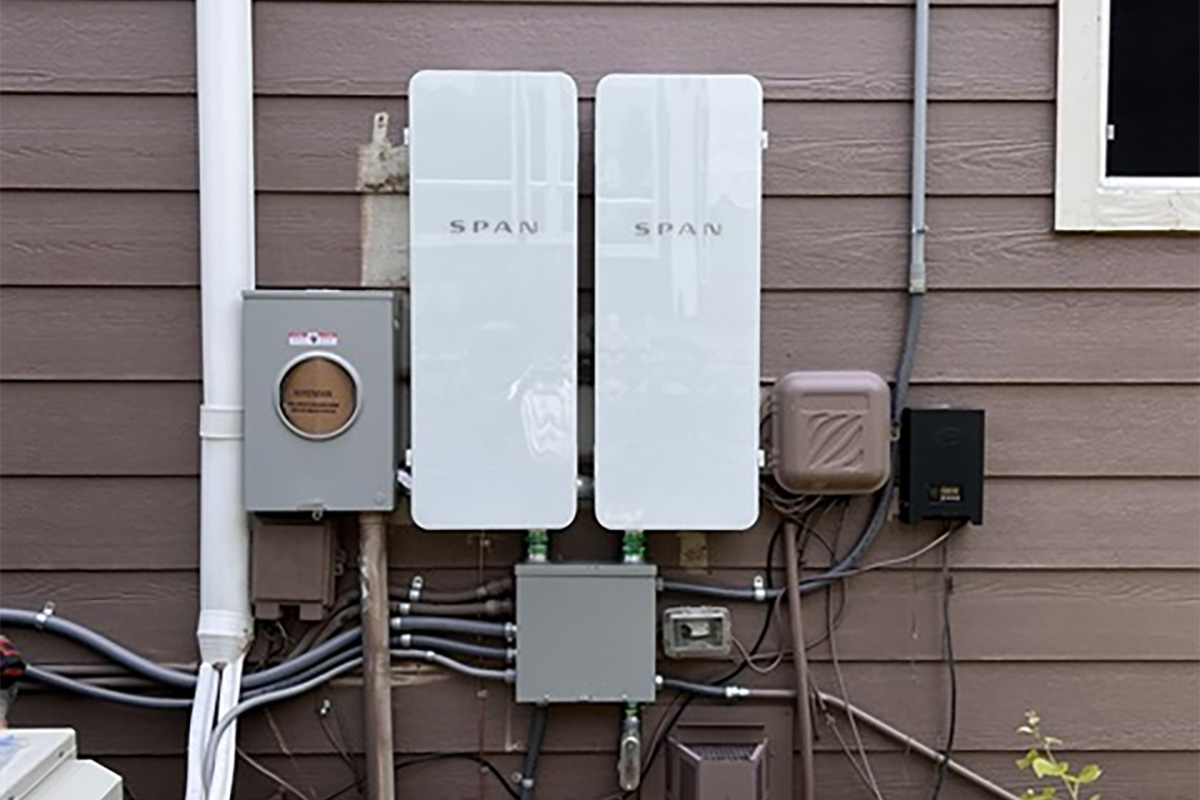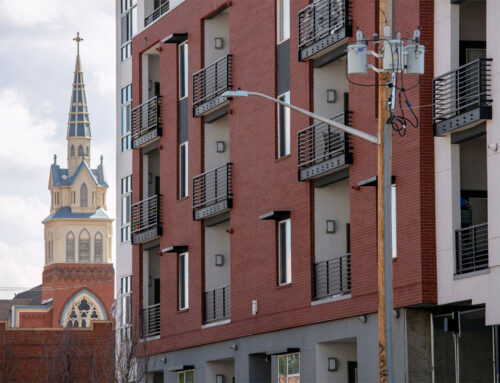Most people don’t think about their home’s electrical panel until something isn’t getting enough power. All electricity for a home or apartment runs through the electrical panel. This is where we turn to if we need to troubleshoot something that isn’t working—or shut off power to part of the home. All the switches go to individual circuits, like the kitchen, or the furnace. It’s the circuit breakers that you will turn to if you need to shut off power to specific circuits, or parts, of your home.
Electrifying a home typically involves some upgrades to the electrical panel because older electrical panels have limited capacity and circuit breaker space. This can translate into an electrical system that needs to be upgraded if you need to run a heat pump for heating and cooling. Add in an induction stove and an electric vehicle, and costs can add up quickly. Adding a heat pump doesn’t mean that you will need to upgrade your panel, but when required, an older home’s electrical system can cost significantly more to upgrade.
So what if there was a different path?
Enter the smart electrical panel. Several different vendors offer the technology, which can be particularly appealing for homeowners seeking to electrify older homes (those built from the 1900s to the 1950s) where panel upgrades can be cost prohibitive.
Better yet, smart panels offer the ability for homeowners to prioritize certain circuits over others. The typical electrical panel has circuits that are either on or off; It can’t discriminate.
Jason Altshuler, Founder and CEO of My Electric Home, says that smart panels can be a gamechanger for homeowners looking to electrify. Think of a smart panel like a music conductor and all the circuits are an orchestra. The smart panel has the plan, or sheet music, and can tell which circuits to power down in the event that there’s not enough electricity. For example, as a home with a smart panel approaches the Max-amperage of the main breaker (100A -200A) threshold and more things are using electricity, the smart panel will follow the priorities set in the programming, ratcheting down the charge to the electric car to ensure the home’s induction stove and heat pump hum along without any glitches.
“You can set limitations and prioritize circuits,” he said. “And then when the circuits free up the energy, it can go back to charging the car.”
How Do Smart Panels Work?
Traditional electrical panels oversee power delivery throughout the home. Unless you’re standing in front of your panel box and manually switching on or off circuits (not a safe or recommended approach), you can’t discriminate where the electricity goes.
Smart panels allow home occupants to pre-program or automate and prioritize which circuits to turn off when the panel is reaching its upper limit. No manual work or trekking down to the basement required.
The main way that users control their smart panels is typically a smartphone, which allows them to monitor power use—and even override preexisting logic programmed into the system. For example, if a home occupant originally deprioritized their EV, but it’s 5pm and the 200-amp panel is at capacity, they can turn off the electric dryer and prioritize car charging for as long as desired.
How Much Do Smart Panels Cost?
Smart panels range from $3,000 to $4,000 plus installation costs. Smart switches and circuit breakers are also available for lower cost. These products can help switch loads between individual appliances, like sharing a circuit between a car charger and clothes dryer, without upgrading an entire panel.
How Can I Tell What Kind of Smart Panel I Need?
An entry-level smart panel often sits next to an existing electrical panel with the smartphone as the interface. Wifi is a requirement for the Smart Panel. A more integrated solution from SPAN comes in the form of one new smart electrical panel box that looks longer than your typical panel box.
Jason Altshuler with My Electric Home installs the SPAN smart panels and finds the systems can be particularly intuitive for home occupants looking to manage batteries and solar during power outages.
“It kind of goes like green, orange, red,” said Altshuler referring to green “critical” circuits that are highest priority, orange “sometime” circuits for 50% or more battery life, and red for non-essential circuits, that don’t come on during a grid outage.
Altshuler installed SPAN panels for several Marshall Fire survivors who are rebuilding their homes, as well as for customers in Boulder County who were impacted by Xcel Energy’s planned power outages in spring 2024 and wanted to make their home set up to be more resilient.
Can Smart Panels Help Maximize Time of Use Rates?
Less sophisticated smart panels require that users know when time of use rates are, and the onus is on home occupants to schedule and prioritize home tasks accordingly. However, more sophisticated apps offer tips and tricks, and can even estimate cost savings for minimizing energy use during Xcel Energy’s peak Time of Use period of 3-7pm, when electricity is most expensive.
When Is A Smart Panel Not A Good Idea?
Altshuler with My Electric Home says he steers his clients away from SPAN smart panels if they’re only interested in electrifying a couple components of their home. He says ultimately the question comes down to priorities and how much a customer is willing to pay.
“I would say probably about half the people who don’t need a smart panel right now go ahead and have us install it because they see the functionality,” he said. “But we have some customers who need a panel upgrade but are very budget conscious, which I can appreciate, so we still will do a regular panel upgrade.’”
Who Should I Talk to in Denver to Add a Smart Panel
Explore CASR’s registered contractor list.
Learn more about circuit breakers, read Rewiring America’s article, “Electrification won’t break the grid, it will make it smarter.”
For information on home efficiency and electrification upgrades including step-by-step instructions to start on your project please visit www.denvergov.org/heatpumprebates.
Article coutesy of DenverGov.org






Leave A Comment